GPCR/G protein
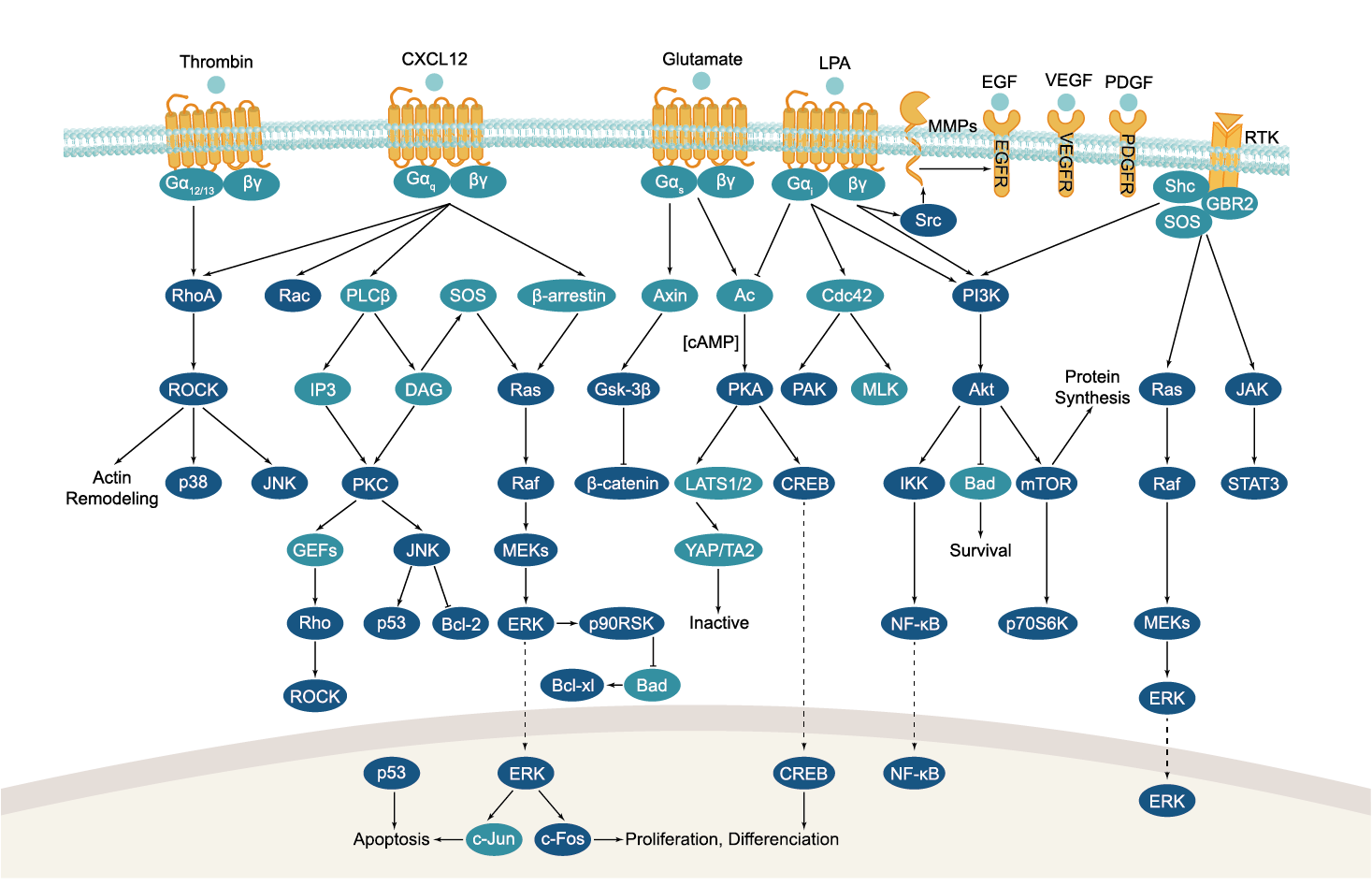

All GPCRs share a common seven trans-membrane structure. GPCRs are associated with heterotrimeric G-proteins which are GTP-binding proteins made of alpha, beta, and gamma subunits. When a ligand binds to GPCR, it activates the attached G-protein, the GDP is replaced with GTP. The activated G-protein then dissociates into an alpha and a beta-gamma complex which activates downstream signaling pathways. These intracellular signaling pathways include cAMP/PKA, calcium/NFAT, phospholipase C, protein tyrosine kinases, MAP kinases, PI-3-kinase, nitric oxide/cGMP, Rho, and JAK/STAT.
GPCRs are one of the most important therapeutic targets for various diseases, over 30% of all modern medicinal drugs target this family. Aberrant GPCR functions are involved in pathological conditions such as neurological, immunological and hormonal disorders. A large number of GPCRs have been identified, but whose ligands are not known, are classified as orphan receptors.
-
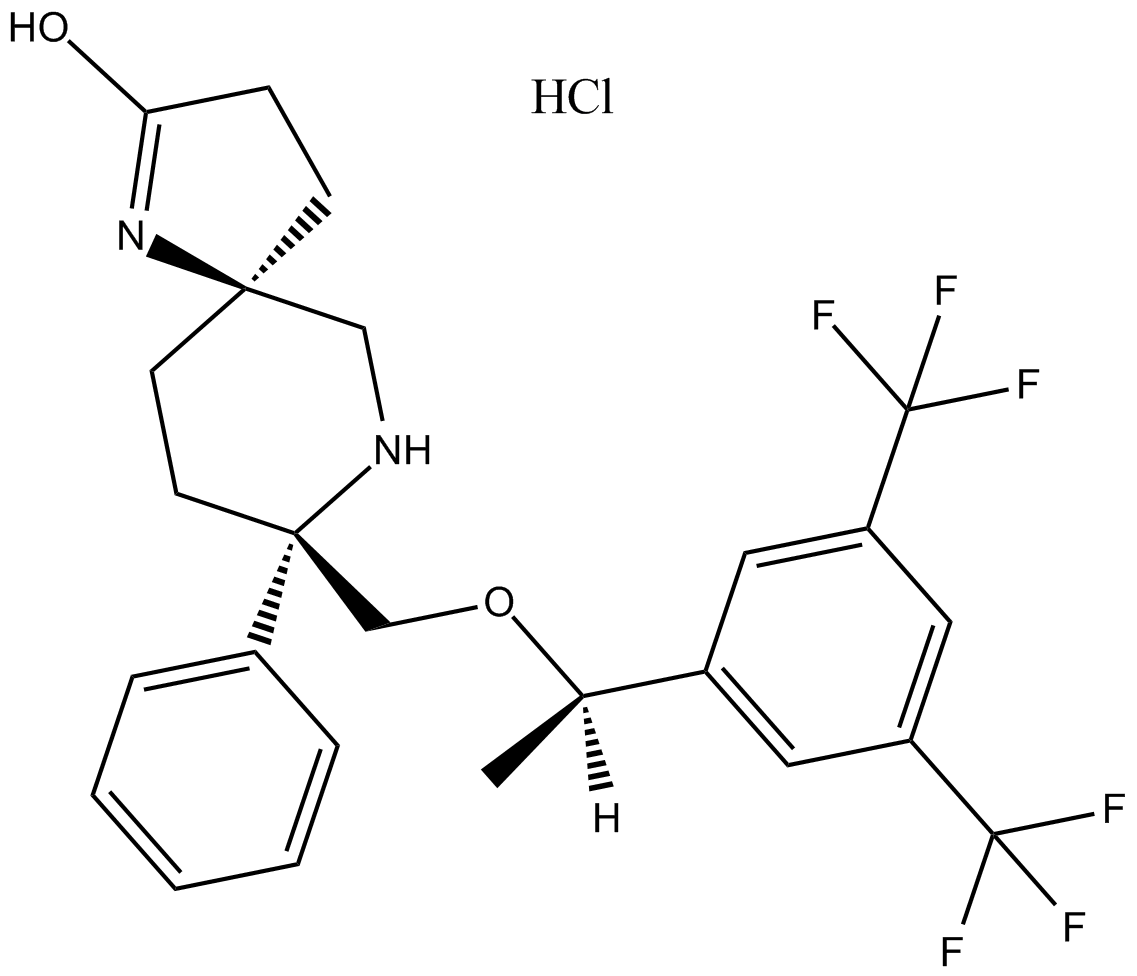 B5910 Rolapitant HClTarget: NK1 ReceptorsSummary: Orally active neurokinin NK1 receptor antagonist.
B5910 Rolapitant HClTarget: NK1 ReceptorsSummary: Orally active neurokinin NK1 receptor antagonist. -
 B5921 Cyclosporin HSummary: Selective and competitive formyl peptide receptor antagonist
B5921 Cyclosporin HSummary: Selective and competitive formyl peptide receptor antagonist -
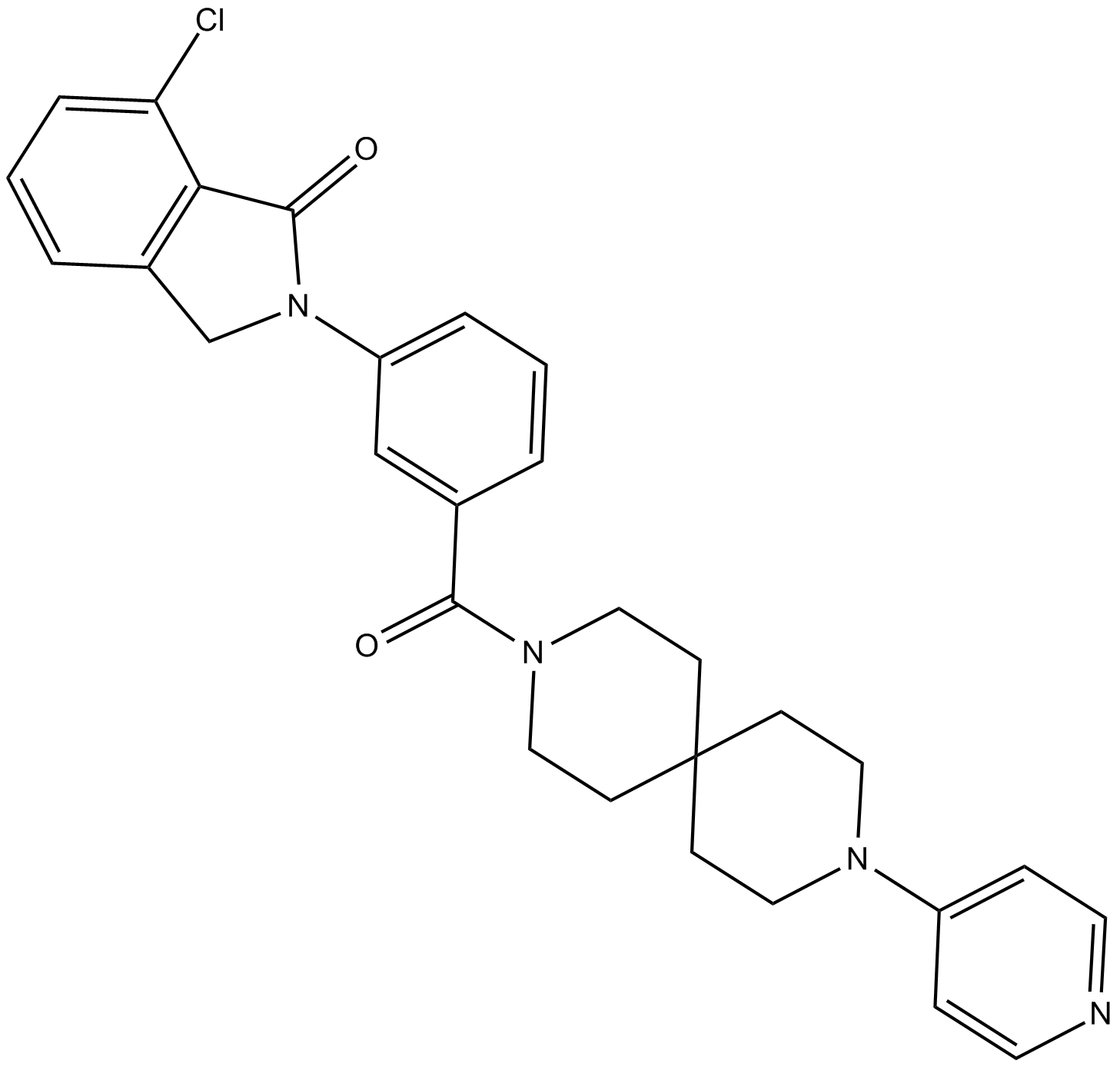 B5925 ELN441958Summary: Potent and selective bradykinin B1 receptor antagonist
B5925 ELN441958Summary: Potent and selective bradykinin B1 receptor antagonist -
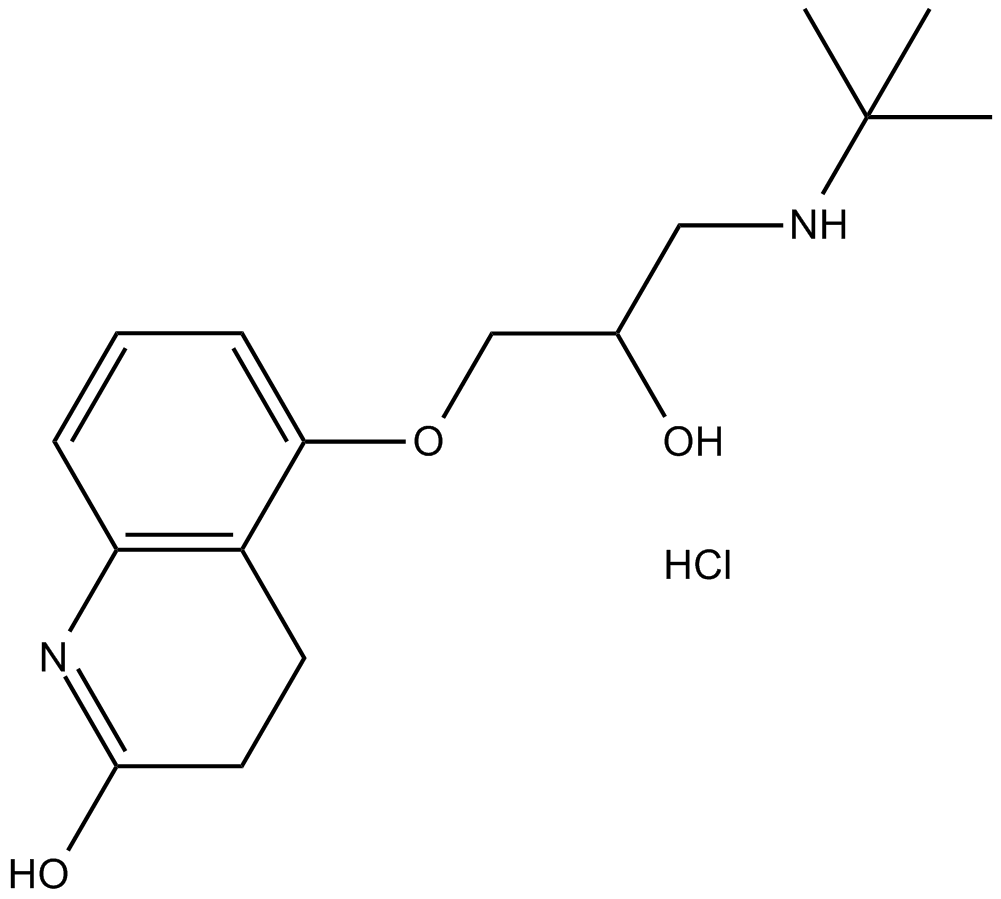 B5944 Carteolol HClSummary: Non-selective beta-adrenoceptor antagonist
B5944 Carteolol HClSummary: Non-selective beta-adrenoceptor antagonist -
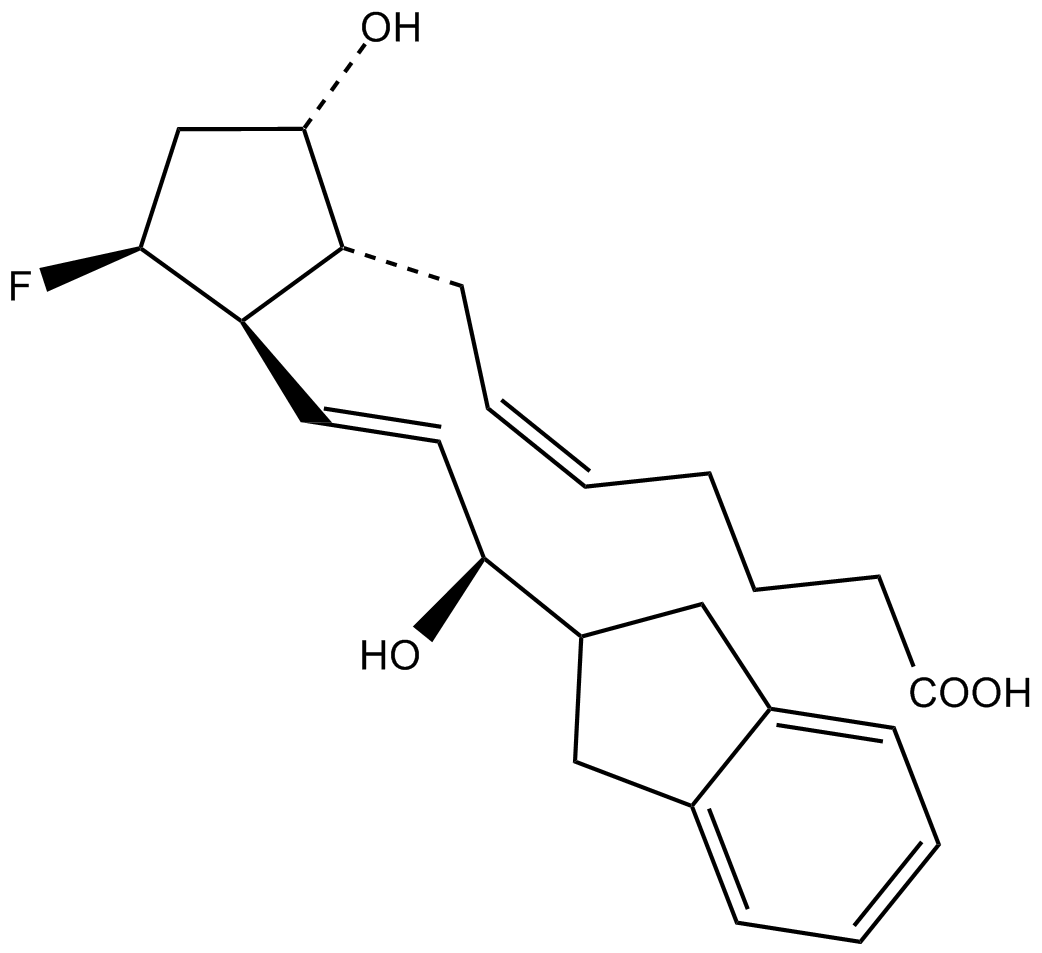 B4575 AL 8810Target: prostaglandin FP receptorSummary: Antagonist of prostaglandin F2α (FP) receptor.
B4575 AL 8810Target: prostaglandin FP receptorSummary: Antagonist of prostaglandin F2α (FP) receptor. -
 B5994 Cyclobenzaprine HClSummary: 5-HT2 receptor antagonist
B5994 Cyclobenzaprine HClSummary: 5-HT2 receptor antagonist -
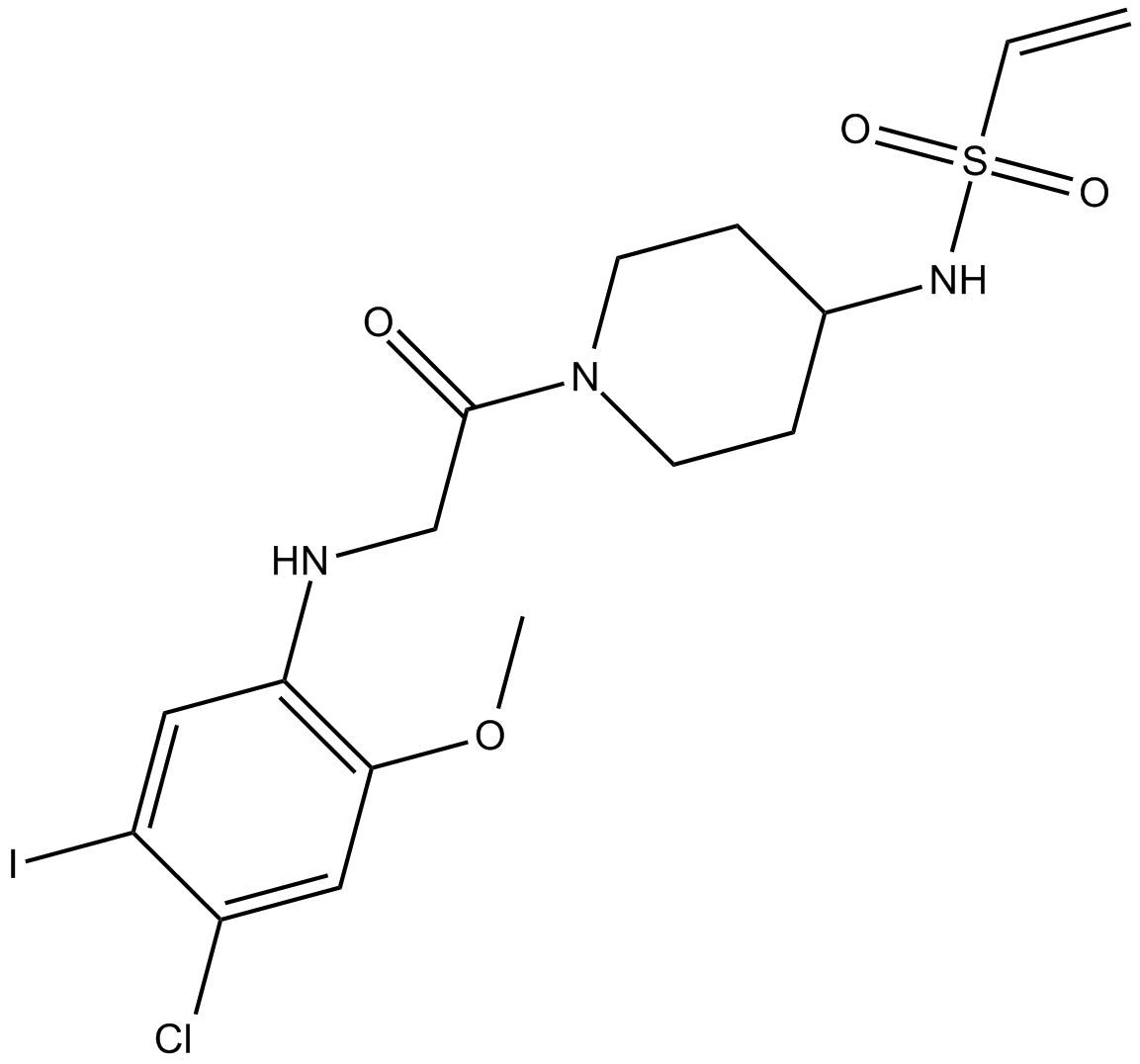 B6002 K-Ras(G12C) inhibitor 9Summary: allosteric inhibitor of oncogenic K-Ras(G12C)
B6002 K-Ras(G12C) inhibitor 9Summary: allosteric inhibitor of oncogenic K-Ras(G12C) -
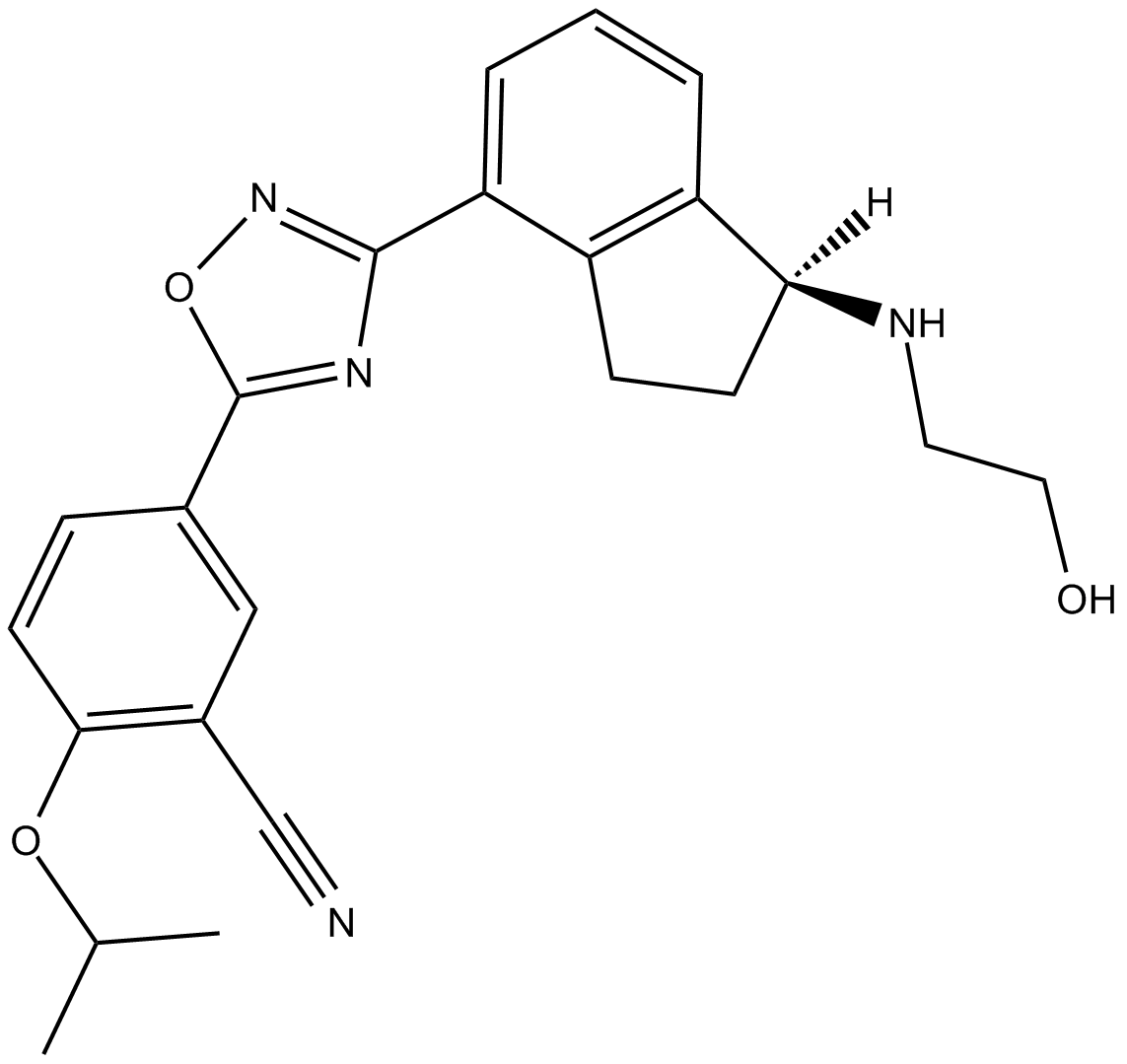 B6038 Ozanimod (RPC1063)Summary: agonist of the sphingosine-1-phosphate receptor subtypes 1 and 5
B6038 Ozanimod (RPC1063)Summary: agonist of the sphingosine-1-phosphate receptor subtypes 1 and 5 -
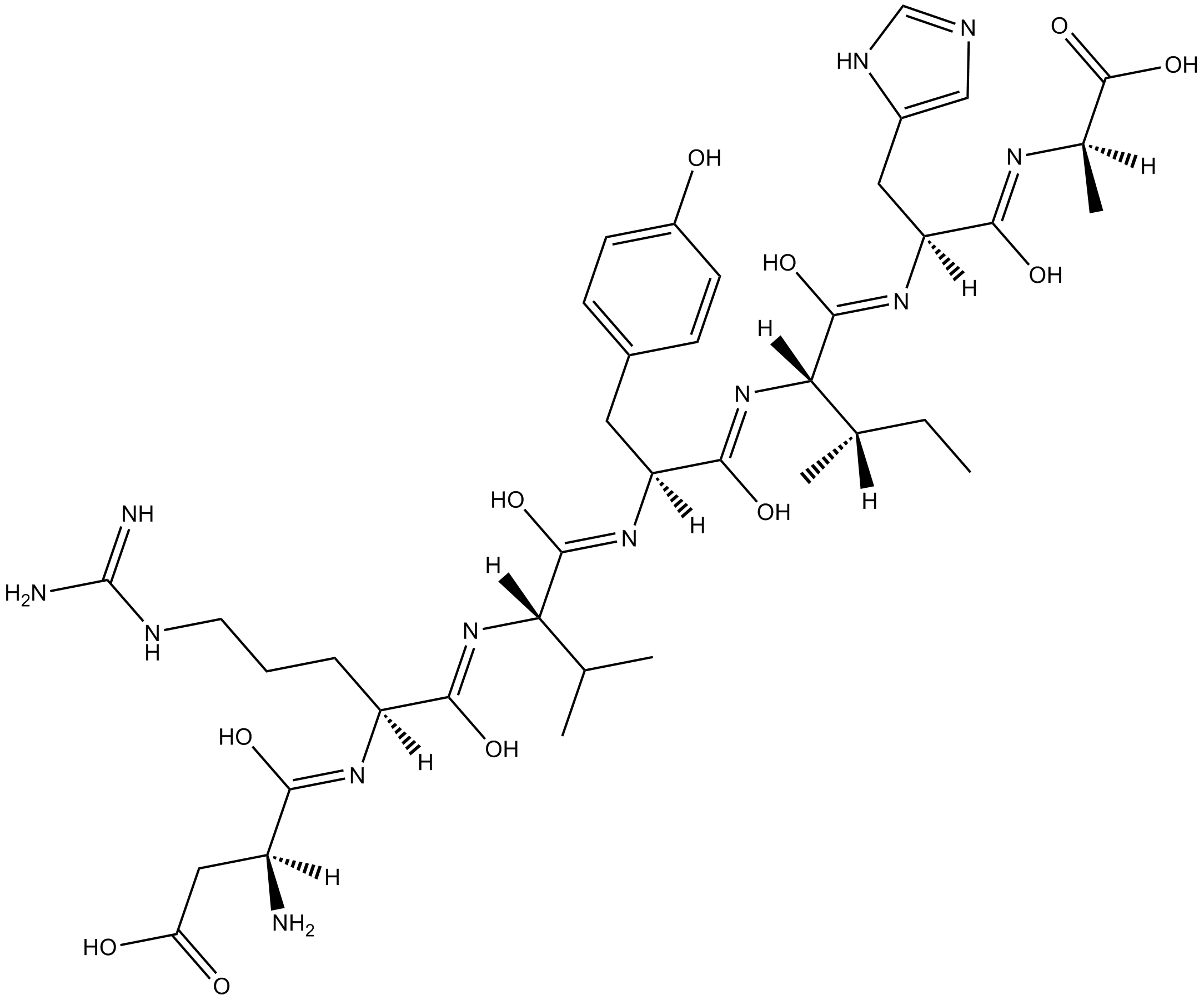 B6056 A 7792 CitationSummary: angiotensin-(1-7)/ Mas receptor antagonist
B6056 A 7792 CitationSummary: angiotensin-(1-7)/ Mas receptor antagonist -
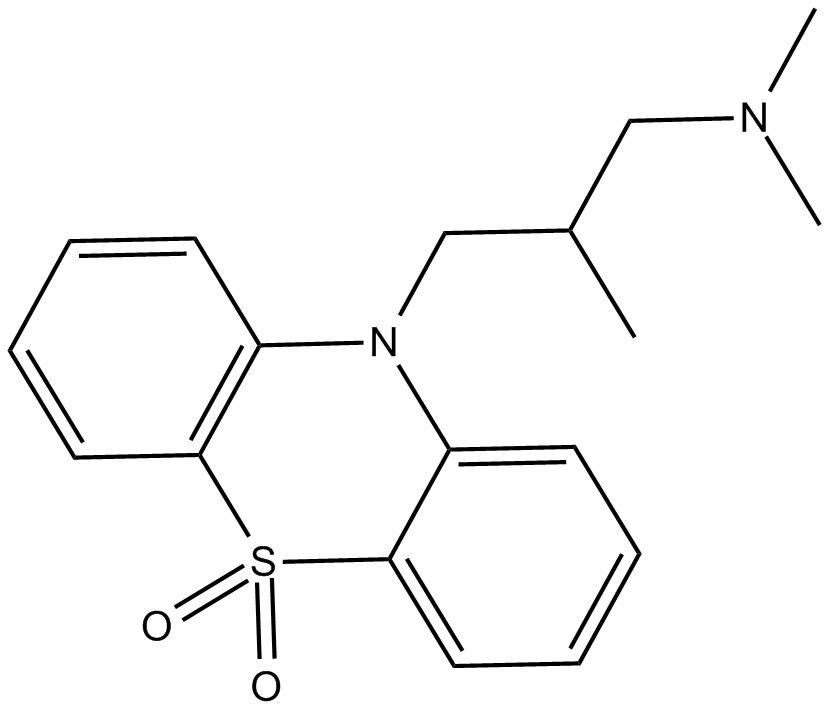 B7929 OxomemazineSummary: Antihistamine and anticholinergic
B7929 OxomemazineSummary: Antihistamine and anticholinergic


